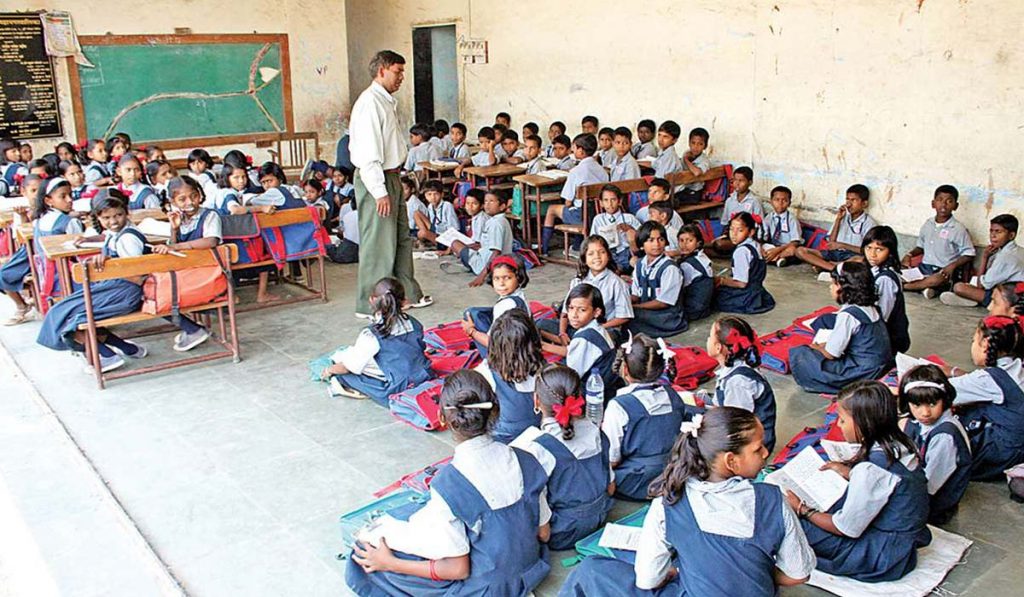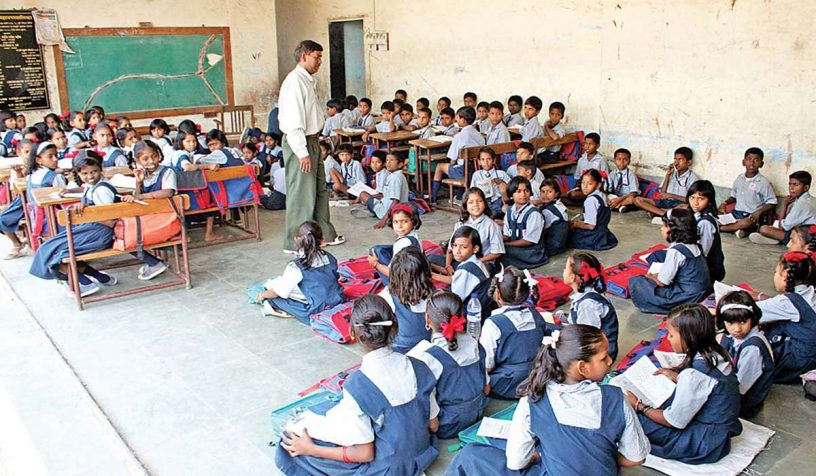
Unavailability of adequate schools in every village has been a major bottleneck in achieving the goals of achieving cent-percent rates of gross enrolment and preventing children from dropping out.
Authors:
Aditi Singhal, Assistant Professor, Jindal Global Law School, O.P. Jindal Global University, Sonipat, Haryana, India.
Divya Gupta, Assistant Professor, Jindal Global Law School, O.P. Jindal Global University, Sonipat, Haryana, India.
Sonal Dua, Assistant Professor, Jindal School of Government and Public Policy, O.P. Jindal Global University, Sonipat, Haryana.
Summary:
Despite India being one of the world’s youngest countries in terms of age, our investment in human capital remains one of the lowest. With nearly one-third of our population belonging to the 5-19 years age group (Census 2011), there is a vast pool of human capital that needs to be tapped by investing right from the very start.
The introduction of the National Education Policy (NEP) 2020, which is only the third such policy document on education since independence, envisions India as a global knowledge powerhouse and gives an impetus to this cause. The policy aims not only to universalize education by achieving cent-percent rates of gross enrolment, but also to bring children who have dropped out back to school and prevent others from dropping out.
Additionally, the policy aims to bring children as young as three years old under the school curriculum, thereby acknowledging the importance of early childhood interventions in education for better cognitive development (Heckman, 2000).
Further, the NEP recognizes that one of the most important ways to achieve its goals would be to upgrade and enlarge the schools that already exist, build more quality schools in areas where they do not, and providing safe and practical modes of conveyances, as well as hostels, especially for girls, so that all children have an opportunity to attend a quality school of the level appropriate to their educational needs.
Published in: Mint
To read the full article, please click here


